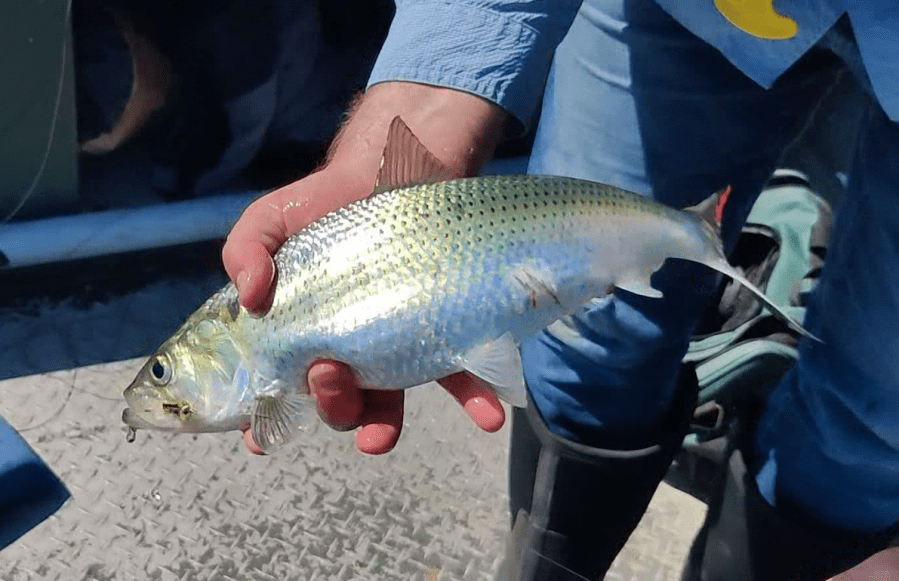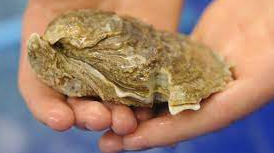Outdoors Bound News & Notes: Shad Run, Shad Cam, Outstanding Oysters!
ROANOKE, Va. (WFXR) — Here is a round-up of the latest outdoors news from across southwest and central Virginia.
Shad Run
An annual rite of spring in Virginia is underway. The hickory and American shad runs are in their early stages, but some fish are being taken in Chesapeake Bay tributaries. Shad return from the sea each year to spawn in freshwater.
“The thing that I love about shad and herring, especially here in Virginia is that they’re an anadromous species, meaning they live out in saltwater, and then come into freshwater to spawn,” said Virginia Department of Wildlife Resources (VDWR) District One Fisheries Manager Clinton Morgeson. “To me there’s nothing stronger of a metaphor for being part of the bigger picture than fish that live out in the ocean coming back to spawn where they’re born to continue that process.”
American shad numbers are still low, so they can not be harvested. Hickory shad numbers are stable, and they can be kept according to regulations.

You can catch shad in a variety of ways, but the most popular way is to cast for them with small shad darts, spinners, or spoons. A popular location to fish for them is Ancarrow’s Landing in Richmond, though they can be taken from nearly every Chesapeake Bay tributary.
Hickory shad are prized for their meat and roe. They can be roasted, grilled, or fried, and their fried roe is considered a delicacy.
Shad Cam
There is a way you can follow the shad run live as it happens. It is the VDWR’s Shad Cam. It is a live web camera that captures images of fish as they move through the fish passage at Bosher’s Dam on the James River near Richmond. While the camera is used to monitor the movements of shad, it also captures plenty of other species like striped bass, largemouth bass, channel catfish, blue catfish, American eels, and white perch among others.
Six Billion!
Good news about Chesapeake Bay oysters. The Chesapeake Oyster Alliance says there are now six billion of the bivalves in the Chesapeake Bay. The Alliance has a goal of ten billion oysters in the bay by 2025.

It was just about a decade ago that oyster numbers had fallen to critical levels in the Chesapeake. Government and private efforts to restore the oyster population has reversed the downward trend. Though oyster numbers are not close to their historical highs, wildlife managers say the growth puts oysters on a good path in the Chesapeake.
Oysters are vital to Virginia’s economy. Virginia is the leading oyster exporter on the east coast.
For the latest news, weather, sports, and streaming video, head to WFXRtv.

